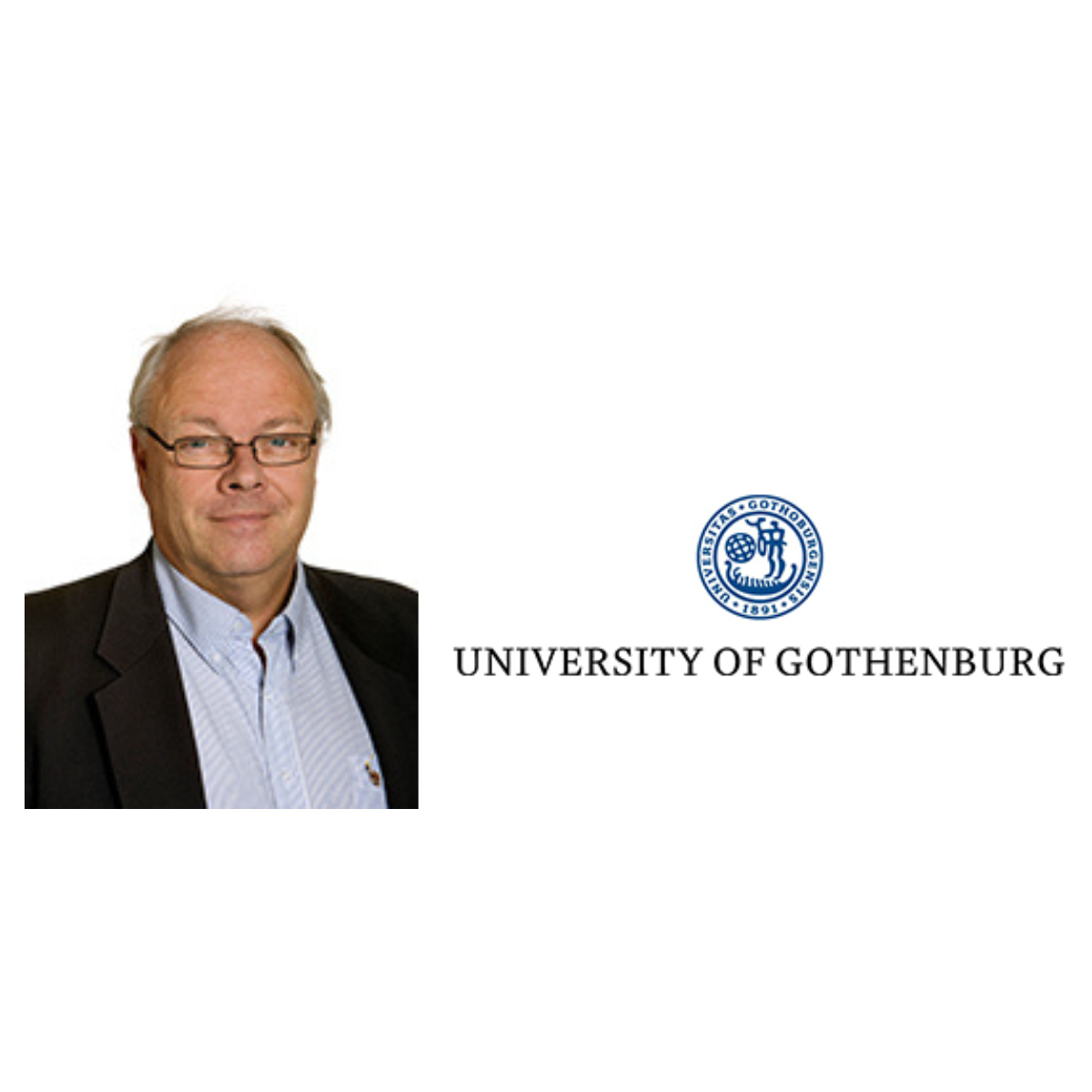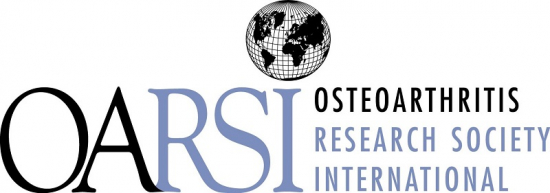Danielle Nicholson of Pintail Limited posed a few questions to Jelena Ochs of the Fraunhofer Institute for Production Technology (IPT) to gain her views on her work in automation research and development and AutoCRAT, in general.

Jelena Ochs
Based in Aachen, Germany, The Fraunhofer Institute for Production Technology (https://www.ipt.fraunhofer.de/) is part of the Fraunhofer-Gesellschaft, Europe’s largest application-oriented research organisation. Within the business area “Life Sciences Engineering” their focus is on the research and development of pioneering technologies for the entire range of life sciences from the pharmaceutical industry and biotechnology to medical technology.
Please introduce yourself and tell us about your role within Fraunhofer IPT.
I am a technical biologist by training and I am with Fraunhofer IPT for more than four years now. I am also a research fellow in the automation in life sciences group and leading and coordinating project work on automation of bioprocesses.
Fraunhofer IPT is a leader in production technologies. Can you give us an overview of what the institute will provide in the context of AutoCRAT?
IPT has been working on laboratory automation for many years. This means exploring the question of how can we build robot-assisted laboratories that automate entire process chains, leaving minimal intervention necessary from the operator. We have been successfully applying this also for ATMP (Advanced therapy medicinal products) production (see AUTOSTEM, www.autostem2020.eu), where we produce mesenchymal stromal cells (MSC) in a robot-assisted, bioreactor-based process. For AutoCRAT, we will provide our existing infrastructure and expertise to:
- extend automated processes towards the production of different cell and regenerative therapeutic products (induced pluripotent stem cells, or iPSC),
- adding a quality control (QC) module for at-line process control and
- enhancing the systems capabilities by making it even smarter and more functional (e.g. letting the robot clean the chamber instead of having a human operator to climb into the system).
In the end, we will have three modules (one for cell production, one for QC and one for extracellular vesicle (EV) purification) that are capable of producing a range of different cell types relevant for advanced therapies.
You have worked with several of the AutoCRAT partners in other projects, for example, AUTOSTEM. How is this an advantage?
We can build on what we have established – both physically and in terms of non-material achievements. For example, we will build on the AUTOSTEM pipeline to optimize and extend the system and exploit the findings from previous projects.
Also, interdisciplinary projects are a lot about communication. It takes certain effort for an interdisciplinary group to start speaking the same language, e.g. engineers have to understand requirements and specificities of cell culture, where living products are produced, while biologists and clinicians have to start thinking about standardization, automation and translation of processes that can be handled by robots and automated equipment. It is important that biologists and engineers work towards each other and not past each other.
IPT has been working in interdisciplinary teams for many years, but it is always an advantage to have a group where good communications and a joint understanding has been already established.






